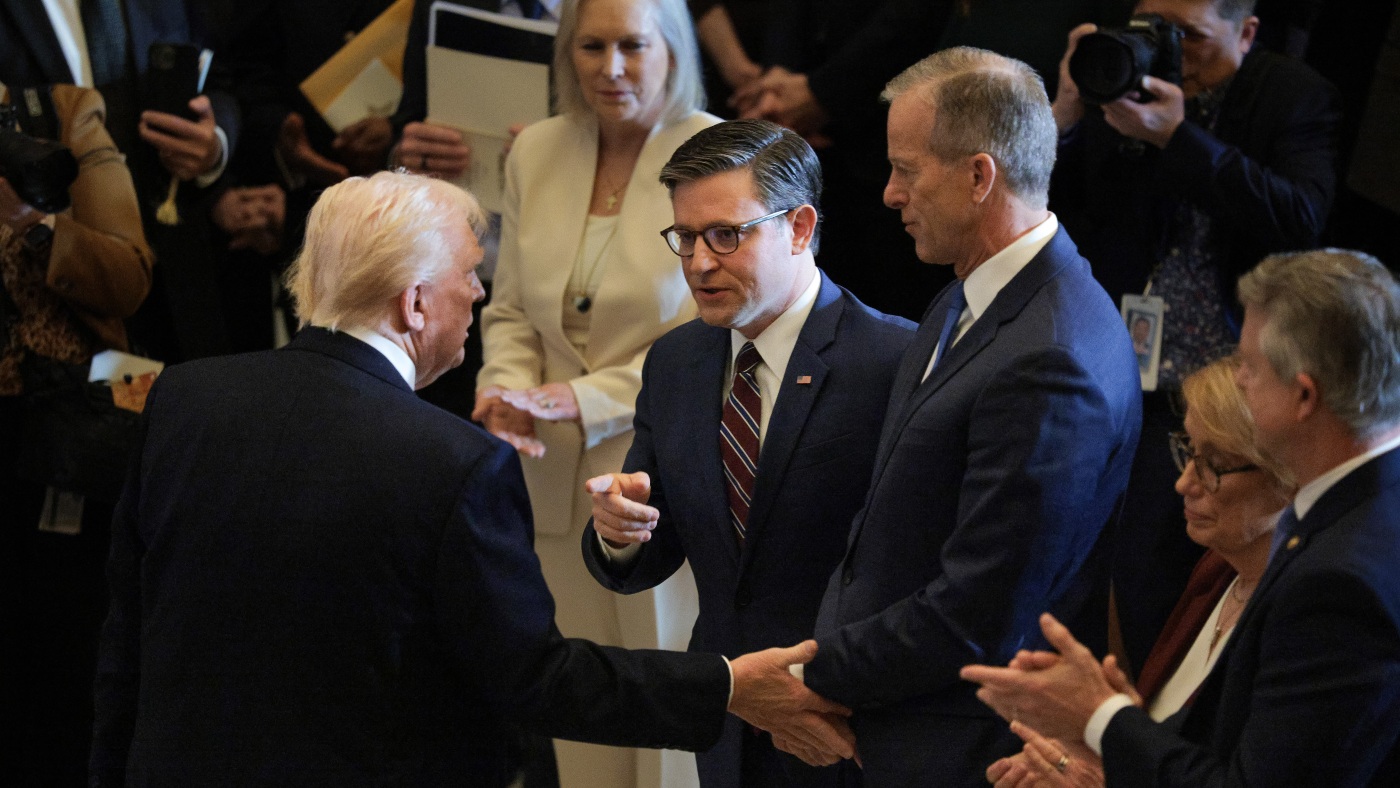“`markdown
The first 100 days of any presidential term serve as a litmus test for an administration’s priorities, strategies, and ability to govern. In the case of Donald Trump’s second term, this period was anything but conventional. Marked by executive boldness, legislative tension, and polarizing policies, these early days set the stage for a presidency that continued to defy norms. Below, we dissect the key dynamics, achievements, and controversies that defined this pivotal phase.
Executive Power vs. Congressional Gridlock
Bypassing the Legislative Branch
Trump’s reliance on executive orders was unprecedented in volume and scope. Rather than navigating the slow grind of congressional negotiations, the administration opted for swift, unilateral actions—signing over 50 executive orders in the first 100 days alone. This approach allowed rapid progress on campaign promises but came at the cost of sidelining Congress, even one controlled by his own party.
The legislative branch, meanwhile, passed fewer than a dozen substantive laws during the same period. The disconnect highlighted a growing trend: the presidency’s expansion at the expense of congressional authority.
Republican Congress: Complicit or Complacent?
Despite holding majorities in both chambers, Republican leaders often appeared reactive rather than proactive. Whether due to ideological alignment or political calculus, many in Congress avoided direct confrontation with Trump’s agenda—even when it clashed with traditional conservative principles, such as fiscal restraint or institutional respect.
This dynamic was particularly evident in debates over immigration and budget cuts, where congressional Republicans frequently deferred to the White House’s hardline stances. The result was a legislative body that seemed more like a backdrop than a co-equal branch of government.
—
Policy Lightning Rods: Wins and Backlash
Immigration: A Hardline Reset
The administration’s immigration policies dominated headlines, with sweeping measures to accelerate deportations, restrict legal pathways, and dismantle agencies perceived as “soft” on enforcement. The most controversial move was the abrupt termination of programs protecting certain migrant groups, sparking protests and legal challenges.
Critics argued these actions were cruel and legally dubious, while supporters praised them as long-overdue enforcement of existing laws. The polarization underscored Trump’s knack for turning policy into cultural flashpoints.
Economic Shock Therapy
Trump’s economic agenda focused on deregulation and tax cuts, echoing his first-term playbook. Corporate tax rates were slashed further, and environmental/safety regulations were rolled back under the banner of “cutting red tape.” Proponents credited these moves with boosting stock markets and business confidence.
However, detractors pointed to rising deficits and a lack of tangible benefits for working-class voters. The disconnect between Wall Street gains and stagnant wages became a Democratic rallying cry, framing Trump’s economics as a boon for elites.
Government Efficiency—Or Chaos?
The creation of the Department of Government Efficiency, spearheaded by Elon Musk, was a headline-grabbing experiment. Musk’s Silicon Valley ethos—rapid prototyping, aggressive cost-cutting—collided with the inertia of federal bureaucracy. While some agencies saw streamlined processes, others faced turmoil as abrupt staff reductions and policy shifts created operational gaps.
The department’s legacy remains debated: Was it a necessary disruption or a reckless gambit? Either way, it epitomized Trump’s preference for private-sector solutions over government tradition.
—
Political Repercussions
Public Opinion: A Divided Electorate
Trump’s approval ratings hovered near historic lows for an incumbent’s early term, reflecting the nation’s deep divisions. His base remained fiercely loyal, energized by his confrontational style, but independents and Democrats viewed his actions as reckless. The administration’s focus on cultural battles (e.g., immigration, “law and order”) solidified support among conservatives but alienated moderates.
Democrats: Opposition as Strategy
Democratic leaders seized on Trump’s controversies to unify their fragmented coalition. High-profile speeches, symbolic votes, and grassroots mobilization painted the administration as a threat to democratic norms. This opposition strategy had dual aims: energize the base for midterms and frame Trump’s agenda as extremist.
GOP Civil War?
Behind closed doors, Republicans grappled with their identity. Traditionalists clashed with populists over issues like trade, deficits, and executive overreach. While most fell in line publicly, private frustrations hinted at a party struggling to reconcile Trumpism with its pre-2016 platform.
—
Conclusion: A Prelude to Greater Struggles
The first 100 days of Trump’s second term revealed a presidency unshackled by conventional constraints—and a political system straining under the weight of its boldness. The administration’s achievements were undeniable: rapid policy execution, a reshaped judiciary, and a fervent base. Yet the costs—eroded institutional norms, heightened polarization, and legislative stagnation—raised questions about sustainability.
As the term progressed, the central challenge became clear: Could Trump’s aggressive tactics yield lasting change, or would they provoke a backlash capable of undoing his legacy? The answer would depend not just on the president, but on a Congress, judiciary, and electorate increasingly forced to choose between confrontation and compromise. One thing was certain: The battle lines drawn in those first 100 days would define American politics for years to come.
“`











